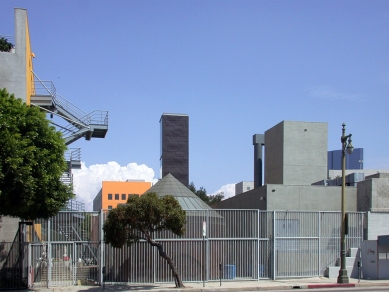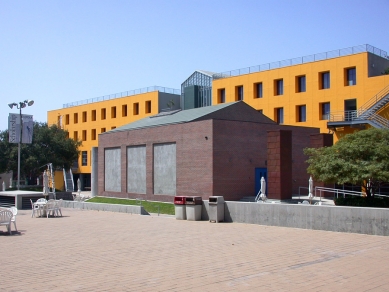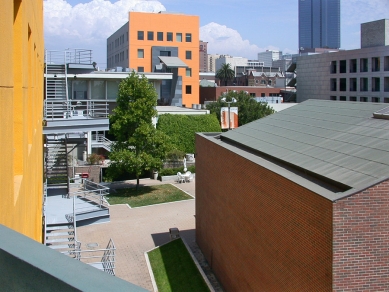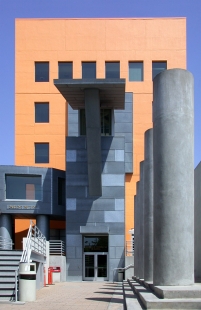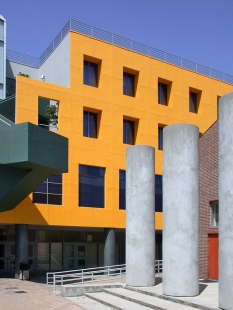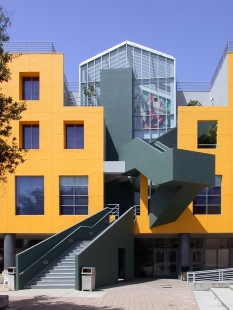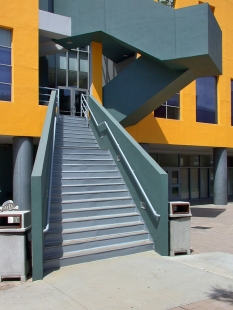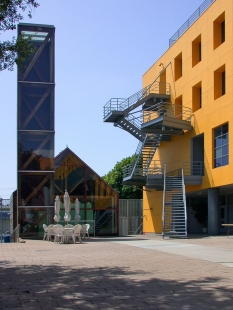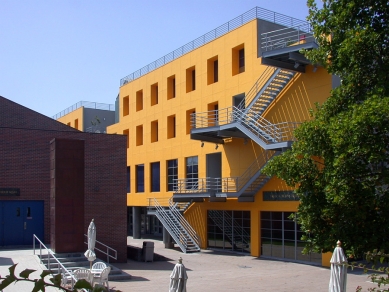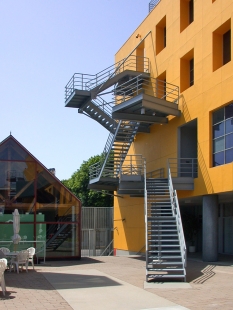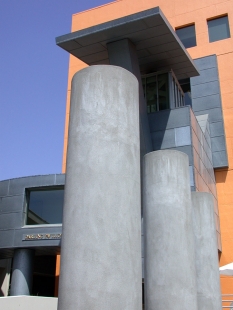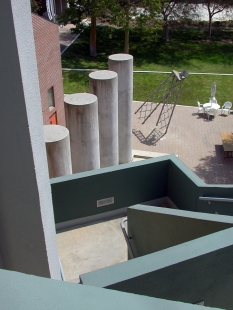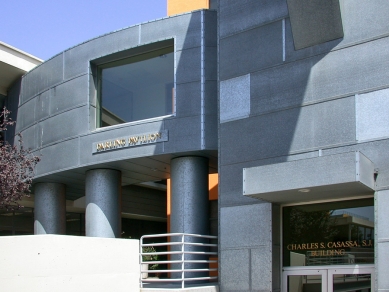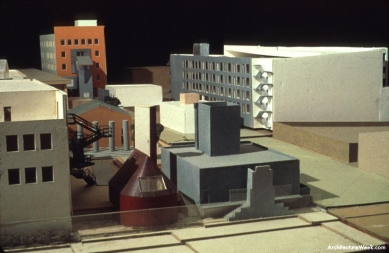About Loyola Law School
Established in 1920, Loyola Law School is among the first law schools established in Southern California. During its early years, Loyola operated as a part-time evening school, and classes were taught by a part-time faculty comprised of judges and practicing attorneys. In 1929, a day division was added.
Loyola Law School is a well-respected source of outstanding lawyers for the Southern California region and has emerged in the past decades as an important source of legal talent for the national and international markets. The 74 members of Loyola's full-time faculty of law are drawn from among the finest attorneys and academics in the nation. Loyola's curriculum is one of breadth and depth, its evening program one of the most highly regarded in the nation and its academic support programs one of the most innovative in the US.
Loyola Law School Los Angeles is part of Loyola Marymount University, the only Jesuit and Marymount Catholic University in Los Angeles. LMU is known for its challenging liberal arts and sciences curriculum and a commitment to strong social and ethical values.
An Introduction to the Loyola Law School Campus
Frank Gehry is one of the most significant architects of our time--his body of work includes the Guggenheim Museum Bilbao, the Walt Disney Concert Hall in Los Angeles and the Experience Music Project in Seattle. In 1989, Gehry received the Pritzker Prize, architecture's most prestigious honor.
When Loyola chose Gehry to construct its new campus in 1978, he was a relative unknown. Loyola at the time was a law school with only one building--what is now the William M. Rains Library. Gehry transformed the Loyola campus into a series of contemporary buildings clustered around a central plaza.
Loyola Law School is the law school of Loyola Marymount University, a private Jesuit school in Los Angeles, California. Loyola was established in 1920. Like Loyola University Chicago School of Law and Loyola University New Orleans College of Law (separate and unaffiliated institutions), it is named in honor of St. Ignatius of Loyola, founder of the Jesuits. Its Frank Gehry-designed campus is located in the Pico-Union neighborhood just west of downtown Los Angeles, and is separate from the Westchester main university campus.
The Fritz B. Burns Academic Center
A parking garage forms the boundary on the long east side while this yellow stucco building is on the west side.
Offices and classrooms are in the Burns Building. A twisting "Baroque" staircase is at the center of the building, which features a greenhouse at the top. Metal outside staircases are at each end.
The south end of the campus
The south end contains the the South Instructional Building, a gray stucco lecture hall with two-story metal columns (supporting nothing!), and the chapel and campanile--of glass and wood.
Merrifield Hall, opposite the chapel and at an angle to the Burns Building, is also at the south end. A gabled brick box with stocky concrete columns, it is also a one-room lecture hall.
The North Instructional Building
Like the South Instructional Building and Merrifield Hall, this one-room lecture hall has post-modern classical allusions.
The North end of the campus, with the parking garage to the east and the William M. Rains library to the north.

